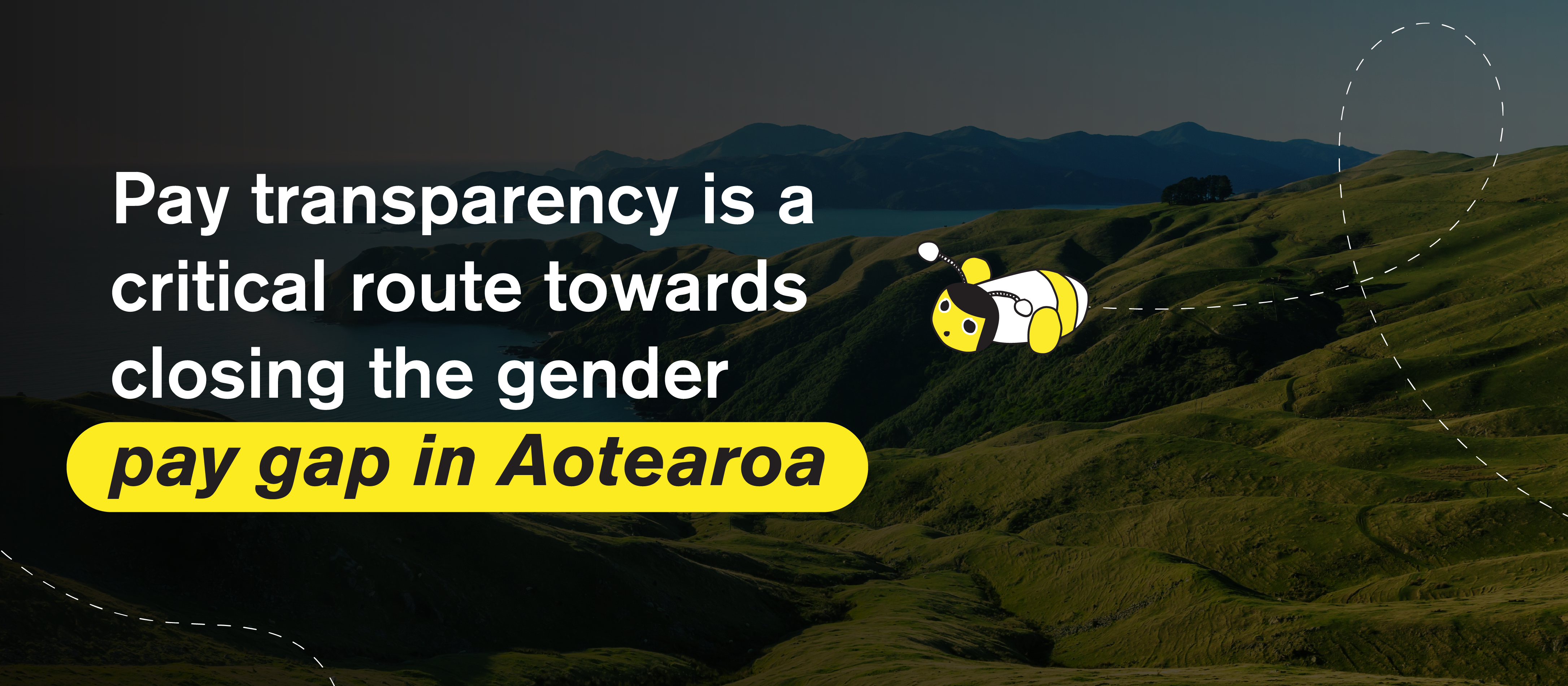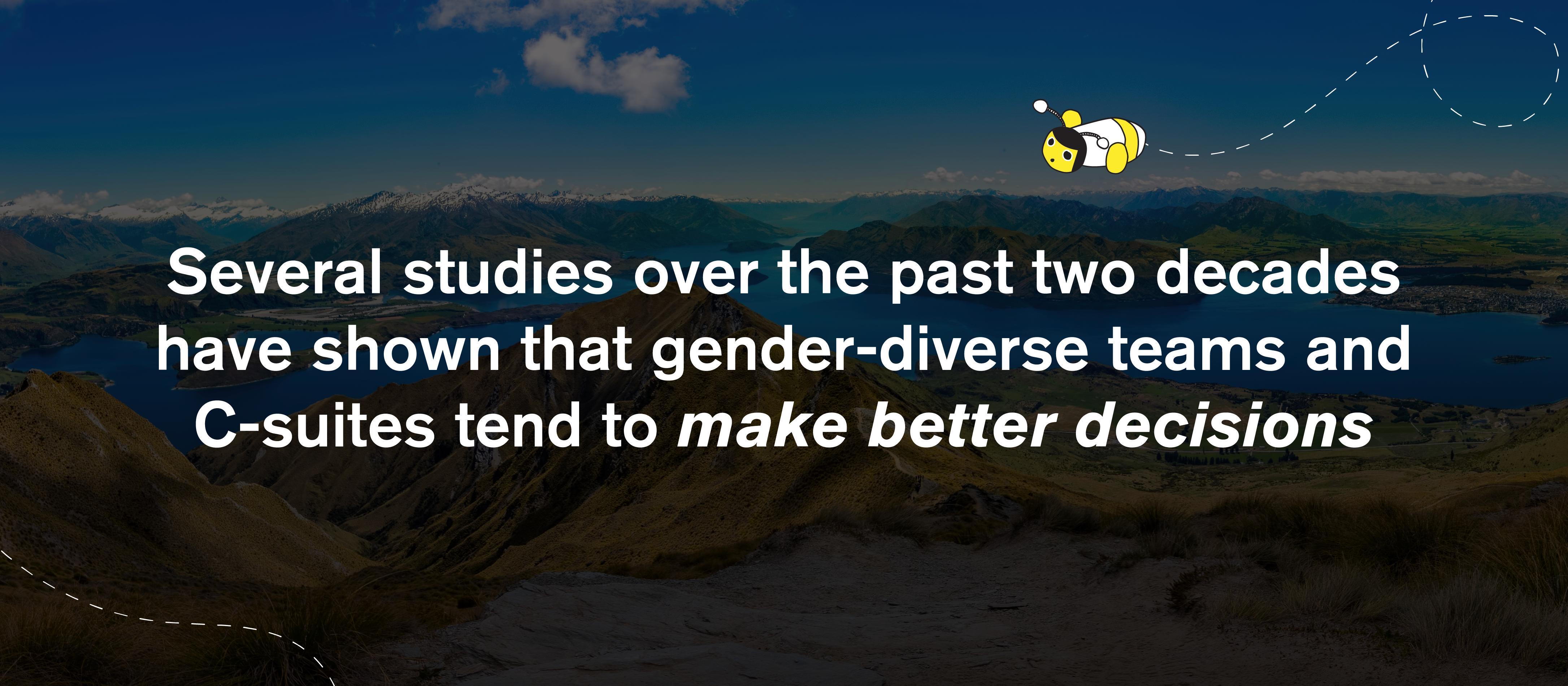Published Date: 8th March 2024
Across the workplaces of New Zealand, gender equality in the workplace is an issue that continues to demand our attention. As one of the two countries in the OECD that has gender equality in parliament, Aotearoa has a proud tradition of women leaders making their mark and leading communities through change.
Despite making up half of the workforce, wāhine are still fighting for equal pay, better representation, and ongoing support for building a sustainable career in any industry. We are certainly making social progress, but there is still so much more to go.
International Women’s’ Day is a timely reminder of these challenges and an appropriate time for checking in on where progress is being made. Gender diversity in the workplace is a core consideration for all the employers and candidates we work with at Beyond Recruitment, so we will highlight some of the most important issues of gender equality and where organisations are moving forward.
How Does Workplace Gender Equality in New Zealand Shape Up?
One of the most significant barometers of gender equality in the workplace is the boardroom. In New Zealand, female representation sits at 55.9% for senior management roles (Tiers 1-3). But the private sector is lagging, with women holding just 28.5% of director positions and 26.4% of executive roles.
With low female representation on their boards, organisations are falling behind their more diverse counterparts in multiple ways. Several studies over the past two decades have shown that gender-diverse teams and C-suites tend to make better decisions, are more likely to consider a wider range of options, challenge assumptions, and avoid groupthink.

From a recruitment perspective, we mustn’t forget that commitment to gender diversity at the top can enhance a company's reputation as an employer of choice. It signals to potential candidates and employees that the organisation is serious about diversity and inclusion –an essential factor in attracting and retaining top talent.
The Gender Pay Gap in New Zealand
There is no question that the gender pay gap is the major driver of gender inequality in the workplace. Currently at 8.6%, the gender pay gap is particularly high in industries like Professional and Administrative Services (18.7%) and Financial and Insurance Services (30.2%).
So, what is being done about gender-based wage inequality? MBIE’s proposed mandatory gender pay gap reporting system, which requires companies with over 250 employees to report their gender pay gaps, is a significant step in the right direction. It’s a positive sign that a growing number of employers have prioritised pay transparency by publishing their pay gap data voluntarily, ahead of plans to reduce the MBIE reporting company size threshold to 100 employees.
Pay transparency is a critical route towards closing the gender pay gap in Aotearoa and we expect this initiative will drive broader organisational change. As employers are encouraged to examine their pay practices, policies, and organisational culture, they will be in a better position to promote fairness and equity for all employees, including women.

Predictions for Gender Diversity in the Workplace
Whilst it’s tricky to predict which milestones can be achieved at the national level over the coming years, there are plenty of avenues in which employers can make targeted efforts to reduce gender inequality in the workplace. Here is what we expect will dominate the gender equality discussion and help employers make progress against critical goals:
Remote and hybrid work: Flexibility is the number one factor in supporting not only women’s workforce participation but also their ability to thrive at work and build long-term careers. With more employers demanding a return to the office, it will be important for employers to not lose sight of how workplace policies impact work-life balance for women.
Inclusive hiring practices: We are seeing more employers recognise the value of diverse talent sourcing, structured interviews and setting diversity hiring goals – all powerful practices for making recruitment more inclusive. Addressing biases in recruitment is an ongoing process, with many moving parts, which benefits from expert input from a trusted recruitment partner that has proven diversity, equity and inclusion credentials.
Increased focus on pay equity: With mandated pay transparency reporting, more employers will explore strategies for closing the gender wage gap. Many companies will find their pay policies need refinement, especially after digging into their pay data.
Expansion of parental leave policies: Much more can be done to bolster parental leave, as research shows working mothers would prefer to take 69 weeks of paid parental leave – much longer than the 26 weeks of PPL currently available in New Zealand. Organisations that raise the bar on parental leave by offering men paid time and a chance to share the parenting workload can help make real progress in this area.
Career development: Often overlooked in discussions about improving gender diversity in the workplace, supporting women’s career development is one practice that can support diversity on multiple fronts. Policies explicitly aimed at supporting women’s career progression can have a direct impact on how many women are on the leadership team, the size of the gender pay gap, and the overall workplace culture.
Tap into Equality-Focused New Zealand Recruitment Expertise
The fight for gender equality goes far beyond International Women’s Day commemorations. At Beyond Recruitment, we’re deeply passionate about building diverse workforces for employers. We have a dedicated team of professionals who are experts in diversity and inclusion strategies, enabling organisations to shape their workplaces for the better.
To make real inroads into your diversity strategy with our support and knowledge, don’t hesitate to contact us and find out how we can help.





